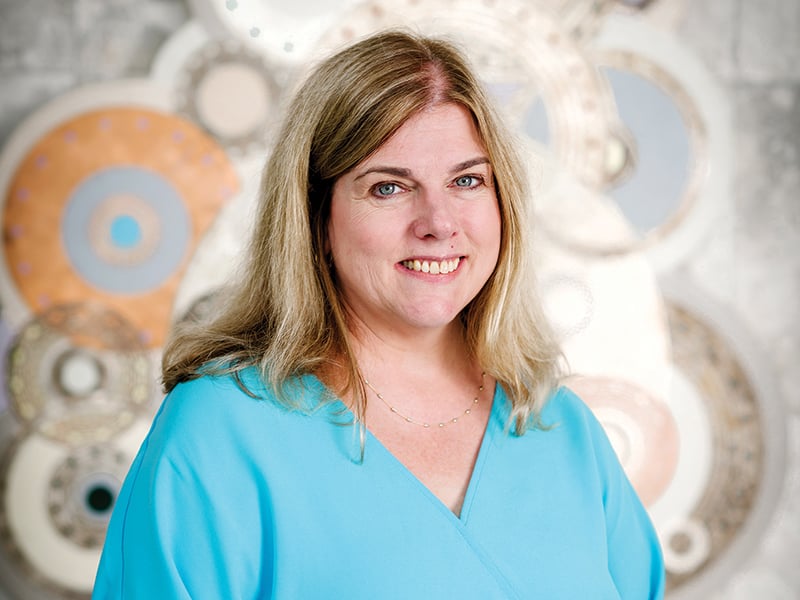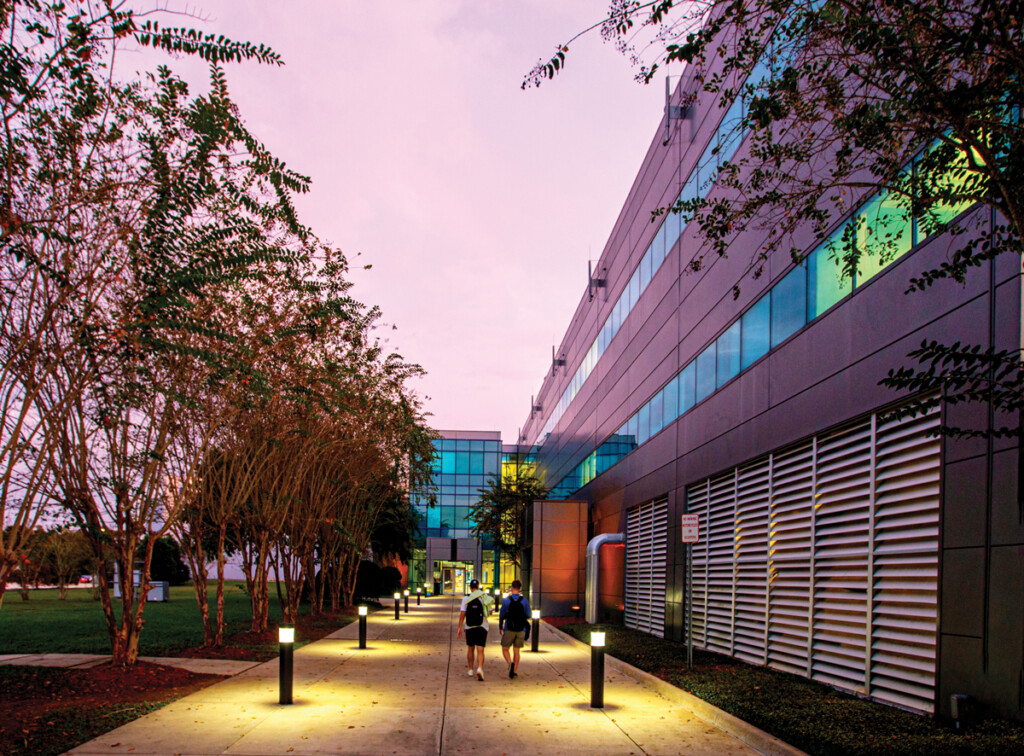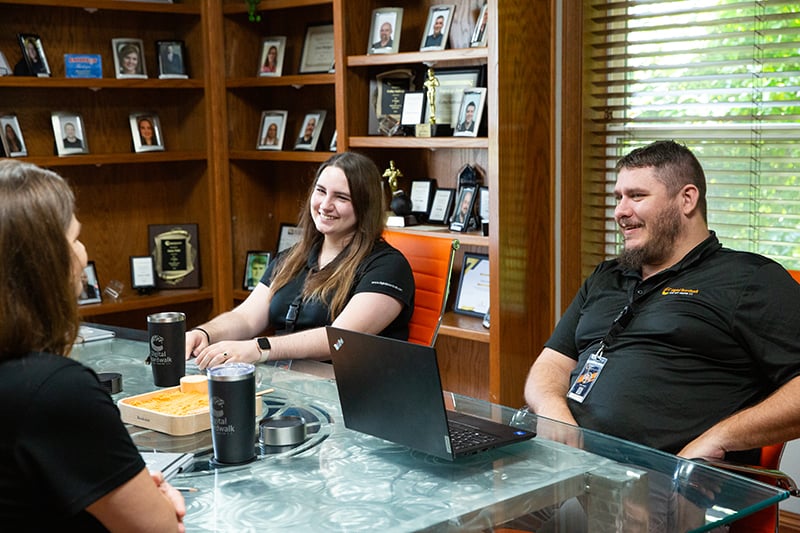Kathleen Amm
The new MagLab director comes full circle

When the National High Magnetic Field Laboratory, colloquially called the MagLab, opened its doors, Dr. Kathleen Amm was a graduate student at Florida State University, studying condensed matter physics.
“I was out here at the national lab right when it started, so I got to set up the lab,” she said, discussing the unique experience of being able to come back and see the changes after all these years.
The MagLab is a high-performing facility associated with FSU, the University of Florida, and the Los Alamos National Laboratory in New Mexico. The MagLab holds numerous world records for its powerful magnets and invites collaborators from academia and private industry to conduct magnetic field research in several disciplines of science, including physics, biological engineering, and chemistry.
The most powerful magnet at the MagLab can hold a field of 45.5 Tesla (T), the unit for magnetic flux density. For a frame of reference, 1 T has approximately 20,000 times more strength than the magnetic field of the Earth’s surface. Magnetic Resonance Imaging (MRI) machines with a strength of 1-3 T will generate precise images within the human body.
The MagLab has a 21 T MRI. “We call it the world’s strongest MRI,” Amm explained. The bore is not large enough for humans but is used to look at, “biological processes inside the body, such as proteins.”
Imaging is only one application capability of high-magnetic field technologies. Materials research at the MagLab will enable a deeper understanding of constituent components of the basic building blocks of matter. Nuclear magnetic resonance can be used to study the transport of lithium-ion charging cycles, which is crucial for understanding how to optimize lithium-ion batteries, used in many consumer devices globally.
The MagLab has produced over 100 lifetime patents with researchers authoring 400 publications per year. A high-performing facility requires a versatile director to oversee operations.
Amm acquired the role in May 2024, bringing with her over 25 years of industrial and academic research experience. Being back feels like a full circle moment. Amm’s first patent came while she was still a graduate student at Florida State University in 1996, where she and her coauthors developed a process for preparing mercury-barium-calcium-copper-oxide-based superconductor materials. Superconductors are a material capable of sustaining an electrical charge without resistance, allowing an electrical current to persist indefinitely. Since leaving FSU, she has collaborated on a total of 22 patents and has over 70 publications, ranging in topics from superconductors to applications of magnetic fields.
“I went into physics because of my father,” Amm said. “He was a good geophysicist and always inspired me with science when I was young.”
Her father worked predominately in the oil industry but also was able to study rocks carried back from the moon. And though greatly inspired by her father’s geophysical research, Amm said she was “just graduating from high school around that time, there was the big discovery of the high temperature superconductors,” so she joined the revolution.
For much of her career, Amm worked for GE, where she saw many products from ideation to creation, then into the market, but the one “near and dear to my heart still has not been commercialized,” Amm said. The technology, which Amm called low cryogenic magnets. Historically, MRI takes thousands of liters of helium to cool the magnets. Amm’s team created a closed-loop helium system comprised of ten layers of helium that cooled the magnet quickly.
The product inevitably did not go to market because the company deemed it too expensive, Amm explained, “but it’s happening. These closed loop cooling systems are getting out there on the market.”
Returning to an academic institution has been an interesting transition for Amm, but the MagLab has numerous partnerships with industry. With her experience in both realms, Amm was an obvious best choice to pioneer the MagLab into new territory.
Specifically, Amm said, “I think it’s absolutely imperative that we have a strategy around AI.”
Artificial intelligence is the next revolution, but “we need to think about the ethics of what is being done,” Amm said and is strategizing with her teams on how best to create and implement AI in ways that are responsible.

